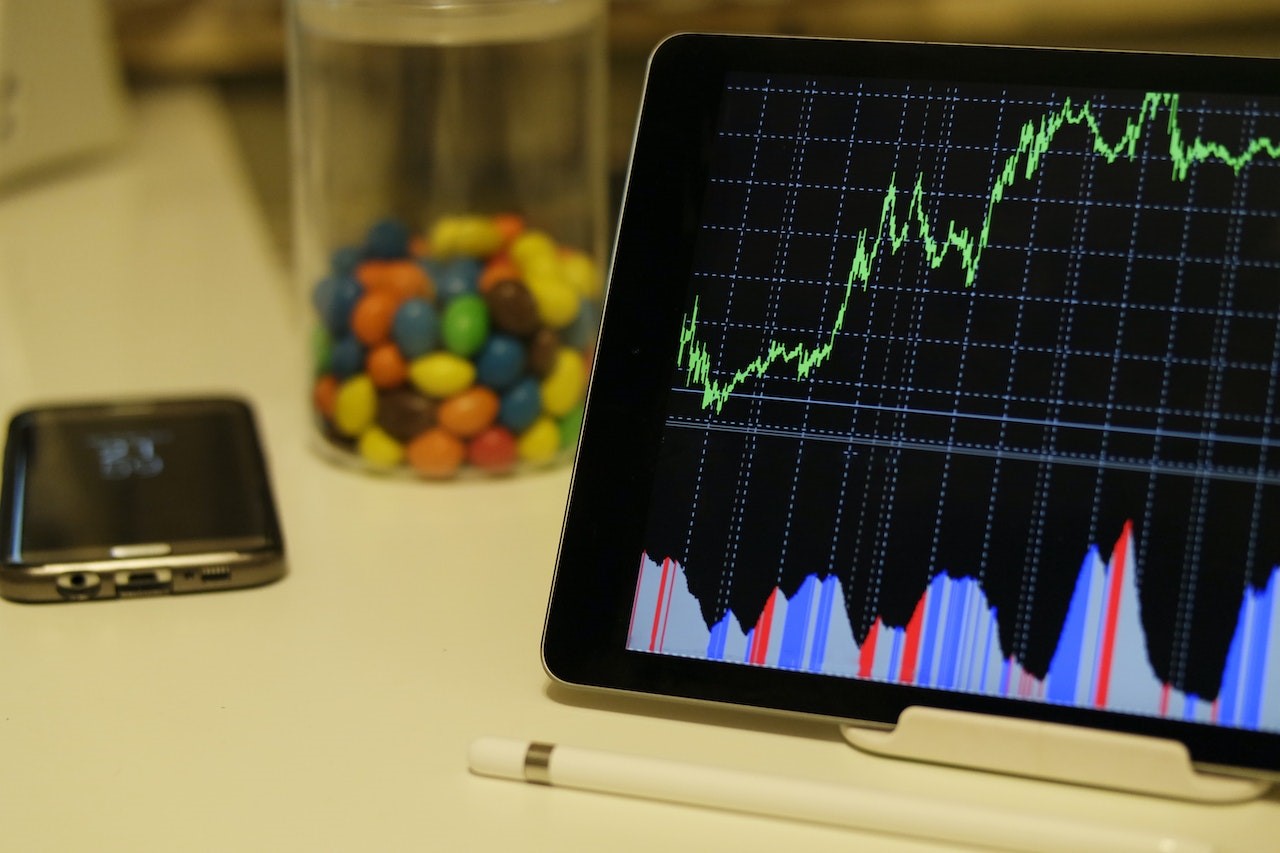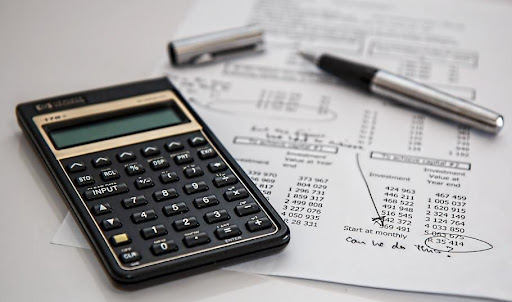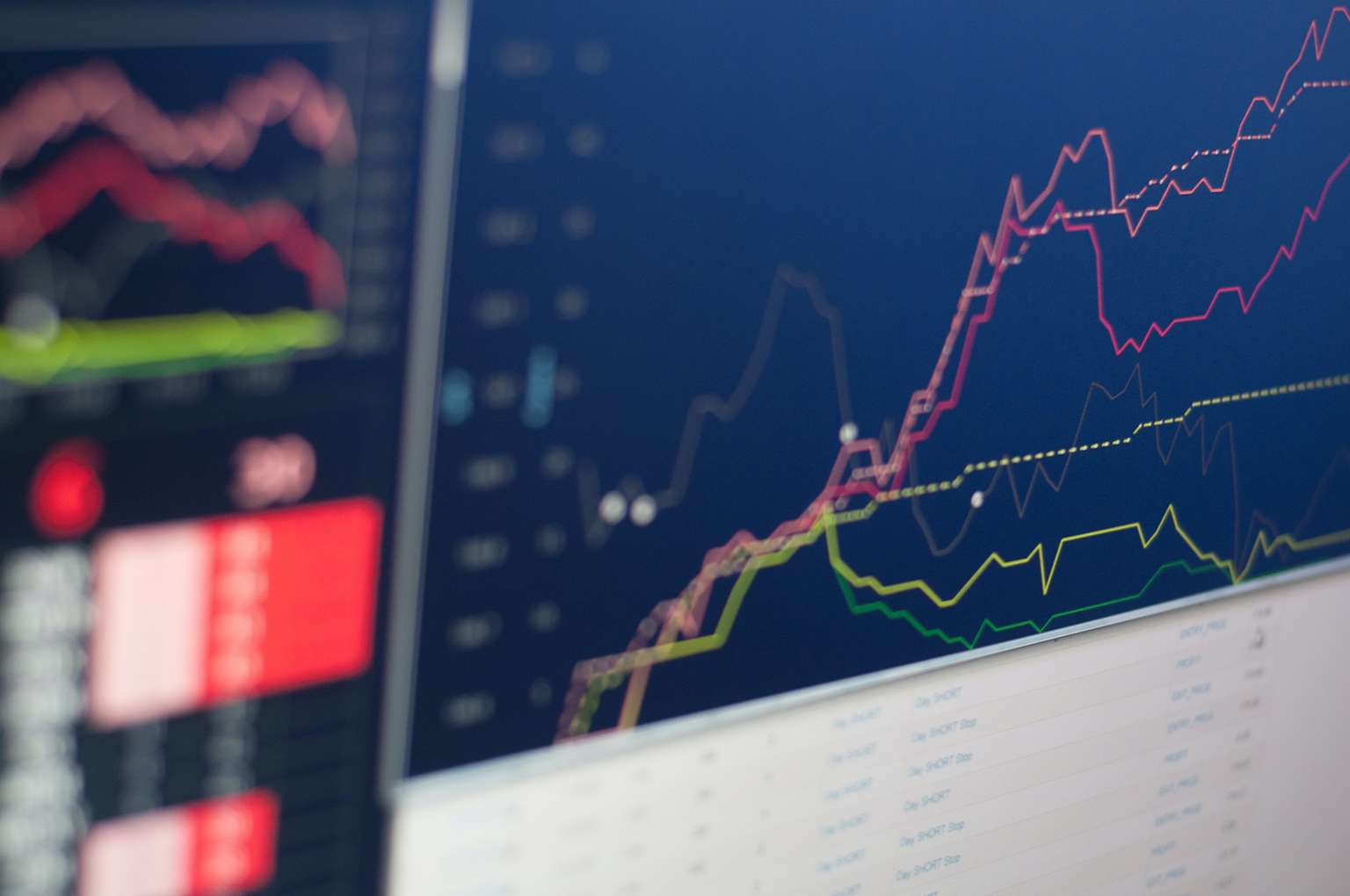Understanding Arbitrage Properly Before Applying It In Investing

Arbitrage trading is one of several strategies many traders use in the market. This strategy ensures them a risk-free profit from their trades. However, arbitrage is not as easy as it sounds since it needs to meet several conditions to attain a profit.
What is arbitrage trading?
In short, arbitrage is when a trader purchase and sell their assets simultaneously. Since different markets have different regulations on fees and sometimes show different prices of the same asset, this window is what an arbitrage trader uses. This definition makes arbitrage sound like relying on luck. In reality, a trader must constantly watch at least two markets to earn a profit.
The Pros and Cons of the Strategy
Arbitrage relies on timing and access to the prices in almost real-time. At worst, the trader will receive their money back, with only a small profit. In a sense, there seems to be zero sense of continuing. But arbitrage is by far more risk-free than other types of trading. The primary reason is that a trader will only focus on a single asset to have the best result.
Many people take issue with this since it’s exploiting the market’s inefficiency in managing the prices. But the strategy is one of the catalysts that help the market to build a more efficient system and quickly correct the price.
Several examples of Arbitrage
To understand it better, here are several examples of how arbitrage can bring profit to traders.
The first is an example of a simple arbitrage. Shares of Company X are at $6.05 on NYSE and at the same time London Stock Exchange (LSE) is trading the same shares for $6.00. Traders can purchase the shares on LSE and quickly sell them at NYSE for a $0.05 profit.
Another example is in the currency market. Up to this day, this is one of the most common practices since the market itself can be more lucrative than shares. A trader with 10 million dollars sees the exchange rate for Euro against GBP as at an all-time low. 1 USD = 1,14 Euro, 1 EUR = 0.9 GBP, and 1 GBP = 1.34 USD.
The trader traded their dollars to Euro with the rate, giving them 8,771,929 EUR. Then trade to GBP, resulting in 9,746,587 GBP. Sell those Pounds for USD again, and see 13,060,427 USD. These exchanges give them a 3 million USD margin from their initial investment of 10 million dollars.
Keep in mind that these calculations are free from any limit or fee and taxation that may occur in each transaction. Also, an arbitrageur will primarily act on behalf of large financial institutions. Therefore, even a profit as small as 5 cents will mean a lot of money when the asset valuation is at least 100 million dollars.
Arbitrage trading can be a risk-free strategy to trade. Traders will only need to watch two markets and do simultaneous trade to make an efficient and swift decision to earn a profit. However, in an efficient market, the number of arbitrage chances may dwindle as the technology prevents any errors in pricing.


